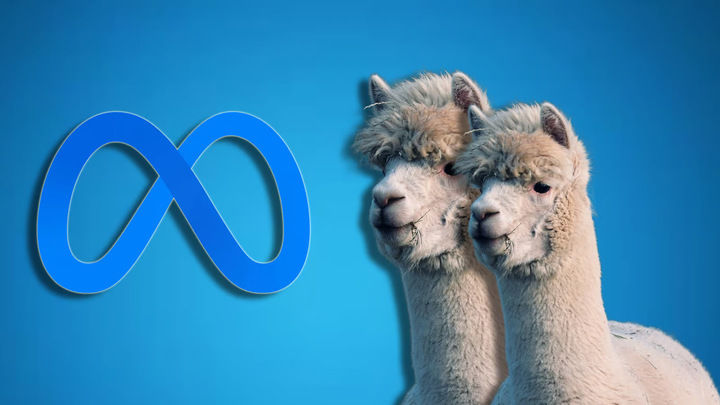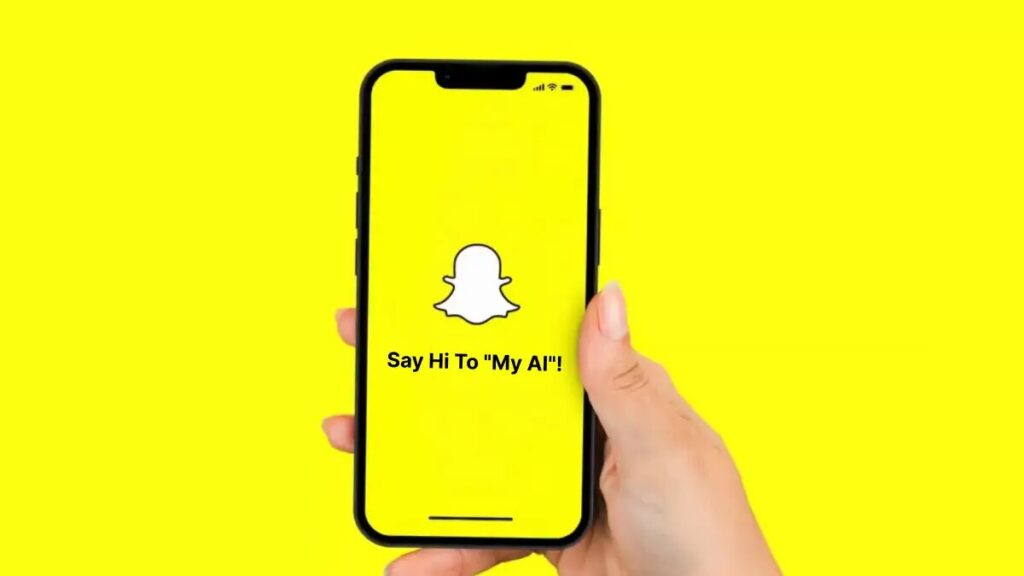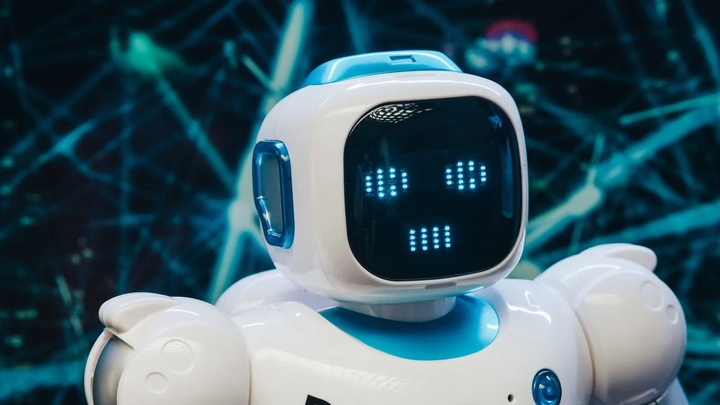Uber Is Developing an AI-Powered Chatbot to Integrate Into App
Uber Technologies, an Uber subsidiary, is building a chatbot that will be driven by artificial intelligence (AI) and incorporated into the application, following the lengthy list of businesses that are using linguistic technology to enhance automated operations like customer service and marketing.
On Tuesday, in a discussion with Bloomberg Technology, CEO Dara Khosrowshahi stated that they are working on it currently. He did not go into more detail about what the digital assistant will be able to perform but rather emphasized how Uber already employs artificial intelligence in its operations.

Uber has been using machine learning and artificial intelligence for a while, Khosrowshahi emphasized. The algorithms used by Uber to connect consumers with vehicles or couriers based upon numerous criteria like distance and time of day presently heavily rely on these kinds of technologies.
Also Read: Crypto stocks dip after bitcoin slumps to six-week low
“We have been working with machine learning, artificial intelligence systems for years and years,” he told Emily Chang. “Every time you get matched up with a car or a courier, there are algorithms making that happen, from the time of day, distance, all of that is driven by machine learning.”
Source: scmp.com
Both DoorDash Inc. as well as Instacart Inc., two of Uber’s delivery rivals, are developing chatbots.
Also Read: WhatsApp Launches Instant Video Messages
DashAI, a technology being developed by DoorDash, will expedite shopping and aid users in finding meal alternatives on the app. Consumers may utilize Instacart’s latest “Ask Instacart” function, backed by the application programming interface (API) of OpenAI Inc., to raise inquiries regarding the preparation of meals.
Despite just recording its first operational profit, the company’s sales dropped short of experts’ projections, which caused a six percent drop in its stock price. Regardless of this setback, Uber is still committed to improving its user experience and service to consumers by integrating AI-powered technology, such as the future chatbot.
In conclusion, Uber’s creation of a chatbot powered by artificial intelligence shows its dedication to using cutting-edge technology to enhance customer experience, streamline processes, and spur advancement in the cutthroat ride-hailing services and delivery sector.

I am a student pursuing my bachelor’s in information technology. I have a interest in writing so, I am working a freelance content writer because I enjoy writing. I also write poetries. I believe in the quote by anne frank “paper has more patience than person



